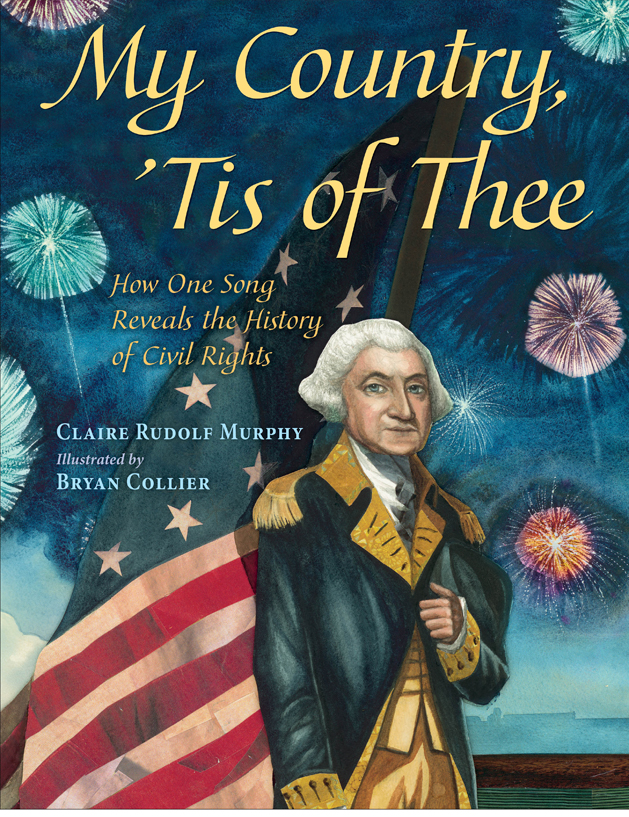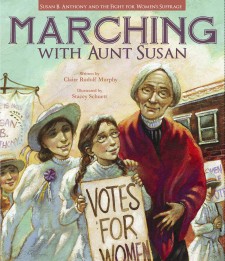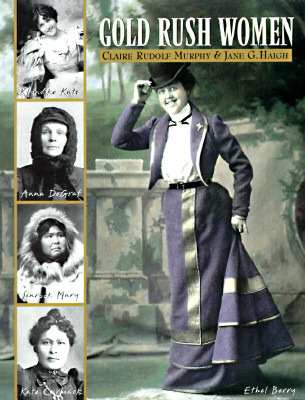
— Hazel Rochman. From Booklist.
Study Guide | Buy Now: Amazon – IndieBound
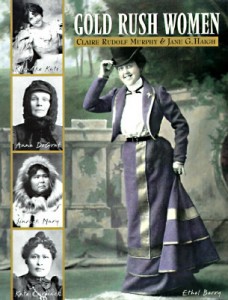
ISBN 978-0-9627530-5-3, $16.95
Hillside Press, 2012
“Alaska: where the men are men and the women are left out of the story–until now! This fantastic book pays tribute to the women who trooped North during the Alaskan and Yukon gold rushes and the Native women who welcomed them. Most of these women’s stories had been forgotten.” THE BLOOMSBURY REVIEW
Excerpt
Read an excerpt from the book. Then keep scrolling down for an interview with Claire, featuring information about women living in Alaska during the late-1800s.
Reviews
When gold was discovered in Alaska’s Klondike region, one in ten of the adventurers who stormed the territory was female. Although women were central to the commerce and social life of this rugged frontier, their pioneering roles have been downplayed or ignored for over a century. These 23 short biographies reveal the depth and variety of their experiences. […] Lavish use of period pictures helps tell the story, as do boxed insets on subjects from sourdough cooking to Native life.
— Carolyn Lehman, Humboldt State University, Arcata, CA. Copyright 1997 Reed Business Information, Inc.
The women who joined the gold rushes in the Yukon and Alaska between the late 1880s and the early 1900s get scant attention in the history books. This collective biography draws on primary sources to tell their stories, with fascinating historical photographs and portraits on every page.[…] With its handsome, browsable design, this will be welcome for classroom reports and for personal reading.— Hazel Rochman. From Booklist.
A Spokesman Review Online Book Club Selection – click to read this article
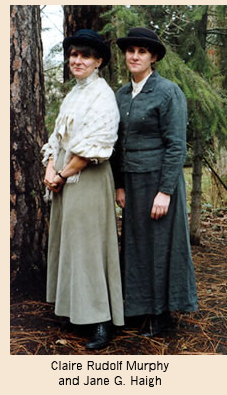 Q & A with Claire
Q & A with Claire
What was life like for women before the Gold Rush?
The native women in Alaska and the Yukon lived a subsistence lifestyle. This information is featured in a box in the book on p.29. The women who came up from Outside were mostly poor due to the depressions of the 1890s. They had to scrimp pennies just to keep their children fed and clothed and that’s why they came up to the gold rush. Others were leaving bad marriages or looking for a husband. A few women were rich and in search of adventure.
How did women help other stampeders survive?
Mostly by supporting each other in friendship. Sometimes the women were tougher than the men. Many women cooked along the way and did laundry, often for very good pay. Some even agreed to marry a lonely man.
What ideas and culture did these women bring to the North country?
These women came from all over the world, so each brought her own culture. Many were immigrants from Europe and didn’t even speak English at first. It was mostly the women who saw to it that churches, schools, hospitals, and libraries were built.
Ethel Berry was one of the first women to participate in the Klondike gold rush. What were her contributions?
I think our profile of her in the book covers that well. You could also read her book The Bushes and the Berrys which her sister Tot wrote. It is no longer in print but could be available through interlibrary loan or through a used bookstore. Ethel Berry is featured on the book cover because she and her husband Clarence are two of the few people to get rich in the gold rush and hold onto it. Today Ethel’s descendants own an oil company in California and are still wealthy.
What were women like after the gold rush?
The ones who remained in the North helped start cities or build up those like Fairbanks that already existed. Unlike women Outside, they still took on many jobs that were considered men’s work – running a bank, owning a restaurant, working a mine.
Did the women of the gold rush have any connection to the women’s rights’ movement?
Most definitely. They demonstrated that women could handle almost any job a man could and were tough inside and out. They were too busy up in the North to worry about voting rights and such, but they were role models even if they didn’t know it.

